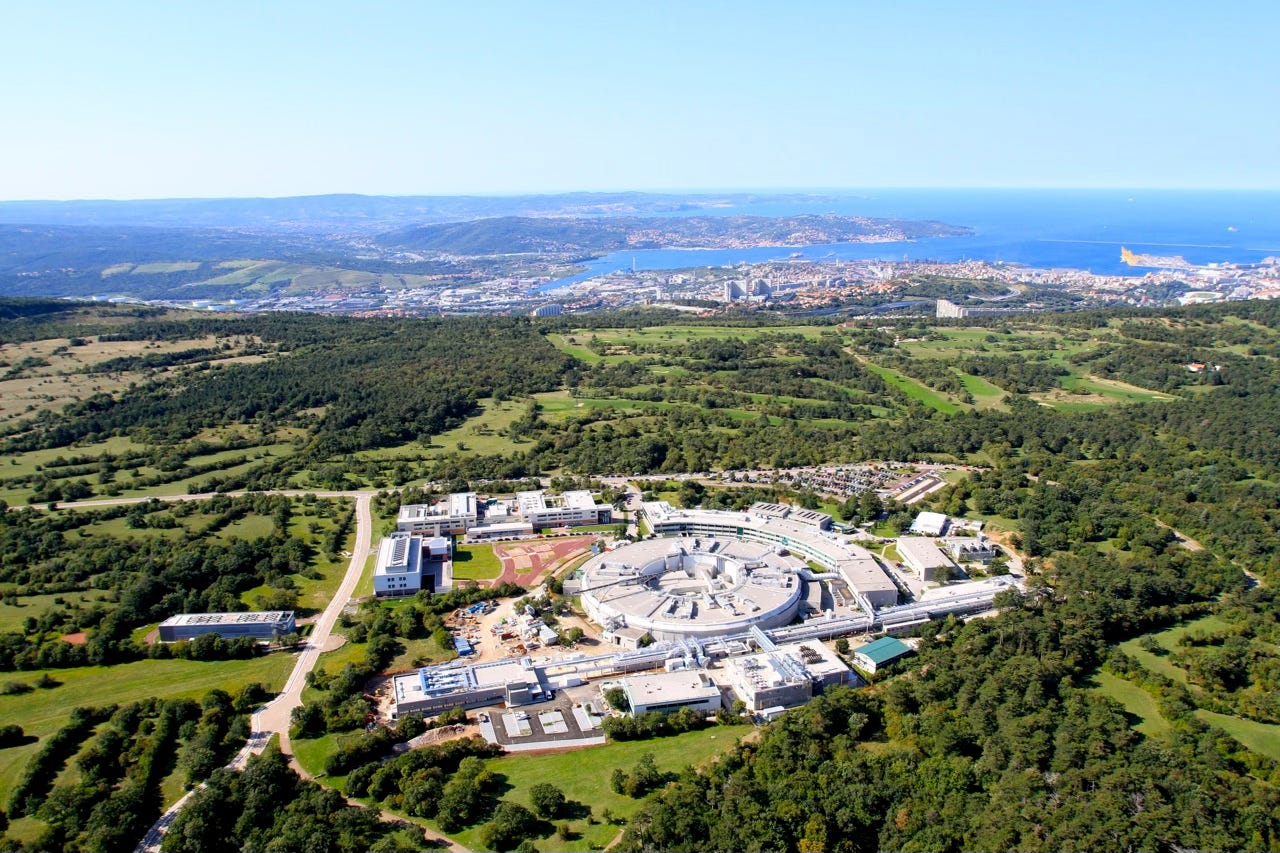When one thinks of Italy in the last 20 years, one process that comes to mind is certainly its declining demographics, on both ends of the spectrum - whether death due to old age or emigration and brain drain. According to a 2024 article from Fortune [1], more than a million Italians have left in the past 10 years - a third of them aged 25 to 34. They blame low salaries, lack of recognition for their skills and high taxes [2], the conditio sine qua non of their decision to seek better opportunities abroad.
In cross-country comparisons, Italy ranks just above Romania with less than 20 percent of 25-64 year-olds with degrees, compared to 18.78 percent in Romania. Meanwhile this figure is 50.8 percent in Ireland, 40 percent in France and Spain, and 30 percent in Portugal and Germany [3].
As such, it was surprising to discover that Italy is a hub for science and research. As of 2023, the country was the world’s sixth-highest producer of scientific articles, publishing more than 155,000 documents - most of them in the field of medicine [4]. In the 2024 Global Innovation Index, which evaluates innovation based on more than 80 indicators across 133 countries, Italy ranked 26th [5].
Helping to coordinate all the research is none other than the Ministry of University and Research which oversees the country’s scientific and academic landscape, supporting both universities and institutions. In 2013, it launched ResearchItaly, a web magazine dedicated to showcasing and promoting Italian scientific production [6].
Beyond its institutional framework, Italy actively engages the public in science. The SHARPER project is Italy’s official initiative for the European Researchers’ Night, an annual EU-wide event that brings science to the public through interactive activities, talks, and workshops [7]. Taking place in multiple cities across Italy, SHARPER connects universities, research centers, and institutions with local communities, with the aim of making research more accessible.
Italy is also home to some of Europe’s best research institutions. In Rome, the Accademia dei Lincei, one of the oldest scientific academies in the world, has been in operation since the early 17th century. Deep beneath the Apennine Mountains, the Laboratori Nazionali del Gran Sasso stands as the world’s largest underground research center, a focal point for the study of particle physics. Meanwhile, the National Research Council, Italy’s main public research body, ranks among the top global institutions for scientific output.
This strong research infrastructure means Italy’s scientific achievements shape global knowledge. But within the country, no place does it more than Trieste, with its concentration of international research centers.
Trieste - City of Knowledge
With 37 researchers per thousand inhabitants, Trieste holds the European record for the highest concentration of researchers. By comparison, Italy's national average stands at just 4.9 per thousand, while even Finland - a country known for its strong focus on research - does not surpass 15. In total, Trieste is home to an impressive 10,400 researchers and teachers, making up nearly 5% of the city’s population - a figure that highlights its importance in science [8].
The city hosts several internationally renowned research institutions, including the International Centre for Theoretical Physics (ICTP), the International Centre for Genetic Engineering and Biotechnology (ICGEB), and the International School for Advanced Studies (SISSA). These institutions, alongside its universities and scientific centers, have made Trieste a leading hub for research in physics, biomedicine, environmental sciences, and advanced technology.
This concentration of scientific activity is further supported by the Trieste Città della Conoscenza (Trieste City of Knowledge) initiative starting in 2007, a collaborative effort among the city’s major institutions to promote scientific research, innovation, and education [9]. This project strengthens Trieste’s reputation as a place for learning and discovery, and further encourages worldwide collaboration and public engagement with science.
Recognizing its scientific significance, Trieste was named the European City of Science in 2020, serving as the host for EuroScience Open Forum, Europe’s largest interdisciplinary meeting on science and innovation. This designation highlighted Trieste’s impact on global research and its role in advancing science.
Conclusion
Niceties and accolades aside, Italy - especially its government - will have to do more if it wants to maintain the status quo in Trieste, elevate other major cities, and both attract and bring back talent. Achieving this is easier said than done, particularly in the less prosperous meridionale (Southern Italy).
One doesn’t need to go all the way back to the golden age of contributions, but it’s important to remember the intellectual heritage from which Italy draws. From Da Vinci, Galileo, Fibonacci, and Fermi to Marconi, Volta, Matteucci, and Perotto, they laid the groundwork for modern science, revolutionized entire fields, and made inventions that shaped centuries.
If Italy wants to become the Paese della Conoscenza, it needs to move away from the bastone (stick) - ex, poor remuneration, undervaluation, and disregard - and cultivate the carote.
Additional Information
1 - Science in Europe: by the numbers (2019)
2 - Italy - Love it or leave it (documentary trailer, 2011)
Sources
1 - Brain drain in Italy
2 - Tax break clampdown adds to Italian brain drain fears
3 - Italy is stuck in a European brain drain
4 - Scimago Journal & Country Rank: Italy
5 - Global Innovation Index 2024 (pg 173, pdf)
6 - ResearchItaly
7 - SHARPER Project
8 - Trieste, è record europeo di ricercatori: 37 ogni mille abitanti. Più della Finlandia
9 - Trieste City of Knowledge






